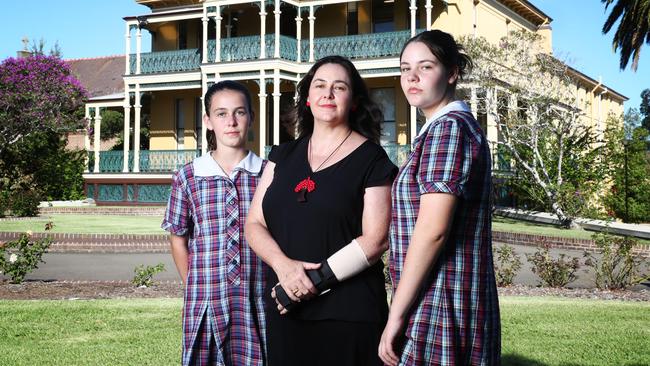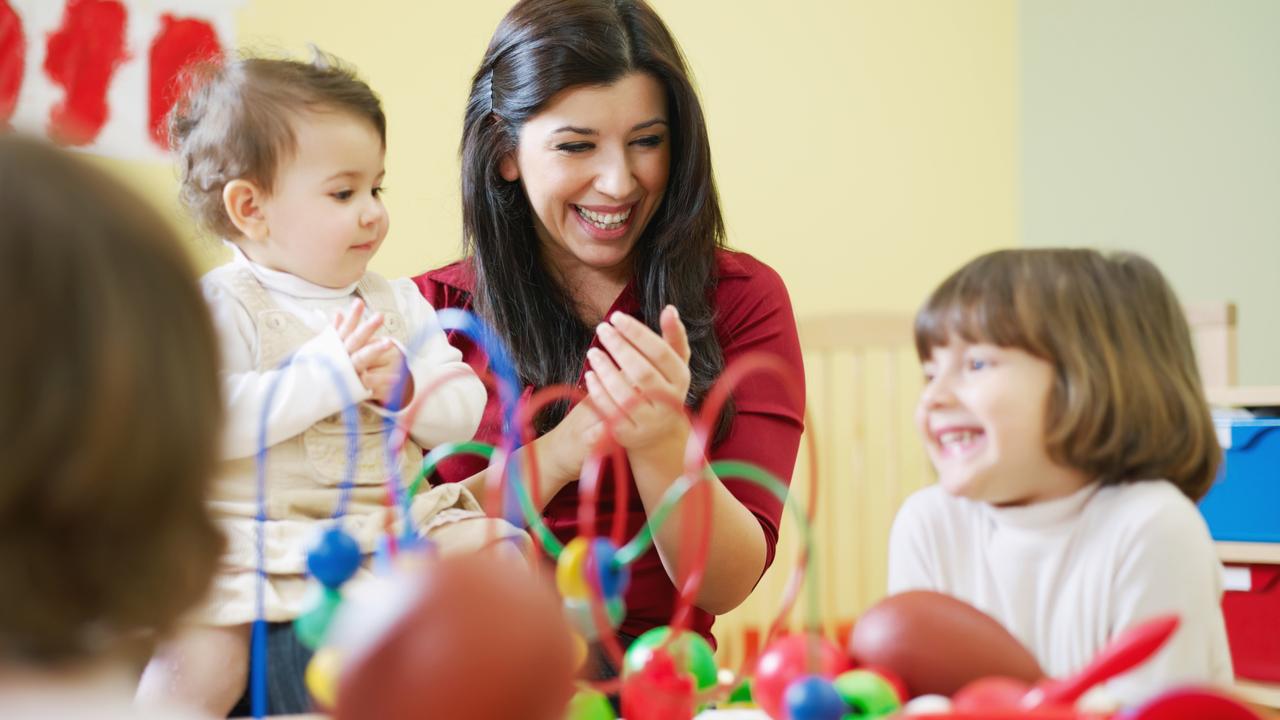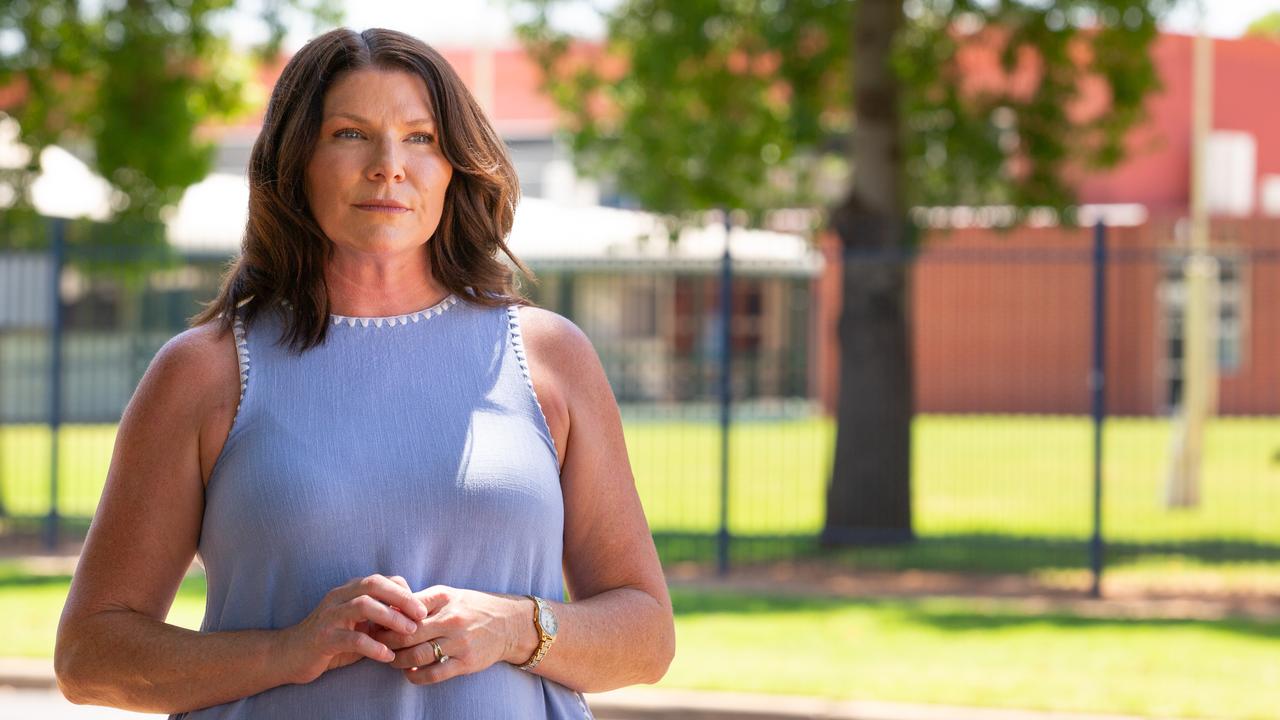Catholic income ‘exposes bias on school funding’
Catholic school families typically earn significantly less than their neighbours who send their children to independent schools.

Catholic school families typically earn significantly less than their neighbours who send their children to independent schools, according to analysis of census data, adding weight to the Catholic sector’s claim that the method of calculating funding for non-government schools is biased.
The analysis by the Catholic Education Commission of Victoria as part of its campaign for an overhaul of the system, found that Catholic school families have lower household incomes than independent school families in 55 per cent of neighbourhoods, also known as statistical areas, across the country.
In Sydney, the earnings difference between the two cohorts is the greatest. In Sydney’s inner west, Catholic school families have lower household earnings in 72 per cent of statistical areas. In 61 per cent of neighbourhoods the difference exceeds 10 per cent.
Under the federal government’s Gonski 2.0 funding model, all non-government schools are assessed for funding in part on the estimated capacity of parents to contribute to the cost of schooling. Each school is allocated a socio-economic score (SES) based on the average socio-economic makeup of the statistical areas where families reside. The higher a school’s SES, the less government funding it is entitled to receive.
CECV executive director Stephen Elder said the new findings challenged the prevailing assumption that all families within the same neighbourhood had the same capacity to pay school fees.
“Families in Catholic schools are assumed to be identical to families who attend elite independent schools, despite the fact that these families often pay significantly different school fees,” he said. “The census data exposes the deep and fundamental flaws and shameful bias at the heart of Gonski 2.”
While the federal government has ordered a review of the use of socio-economic scores to determine school funding, the Catholic sector has been lobbying heavily over the issue. In January it labelled the review a “sham” — a claim denied by Education Minister Simon Birmingham.
A research paper prepared by the CECV argues the bias against Catholic schools mostly arises in middle-income and upper-income neighbourhoods, where low-fee Catholic schools are typically co-located with high-fee independent schools. Such areas tend to have an SES of 105 or higher.
Domremy Catholic College in Sydney’s Five Dock has an SES of 110, despite 46 per cent of students falling into the bottom two quartiles of socio-education advantage.
Amanda Gardiner chose to send daughters Virginia, 15, and Alice, 13, to the school because of its Catholic ethos. Combined fees came close to $9000 this year.
“We are not a high-income family, we live in an apartment, we don’t do trips overseas,” said Mrs Gardiner. “It’s definitely a challenge for us. School fees are a considerable part of our budget.”


